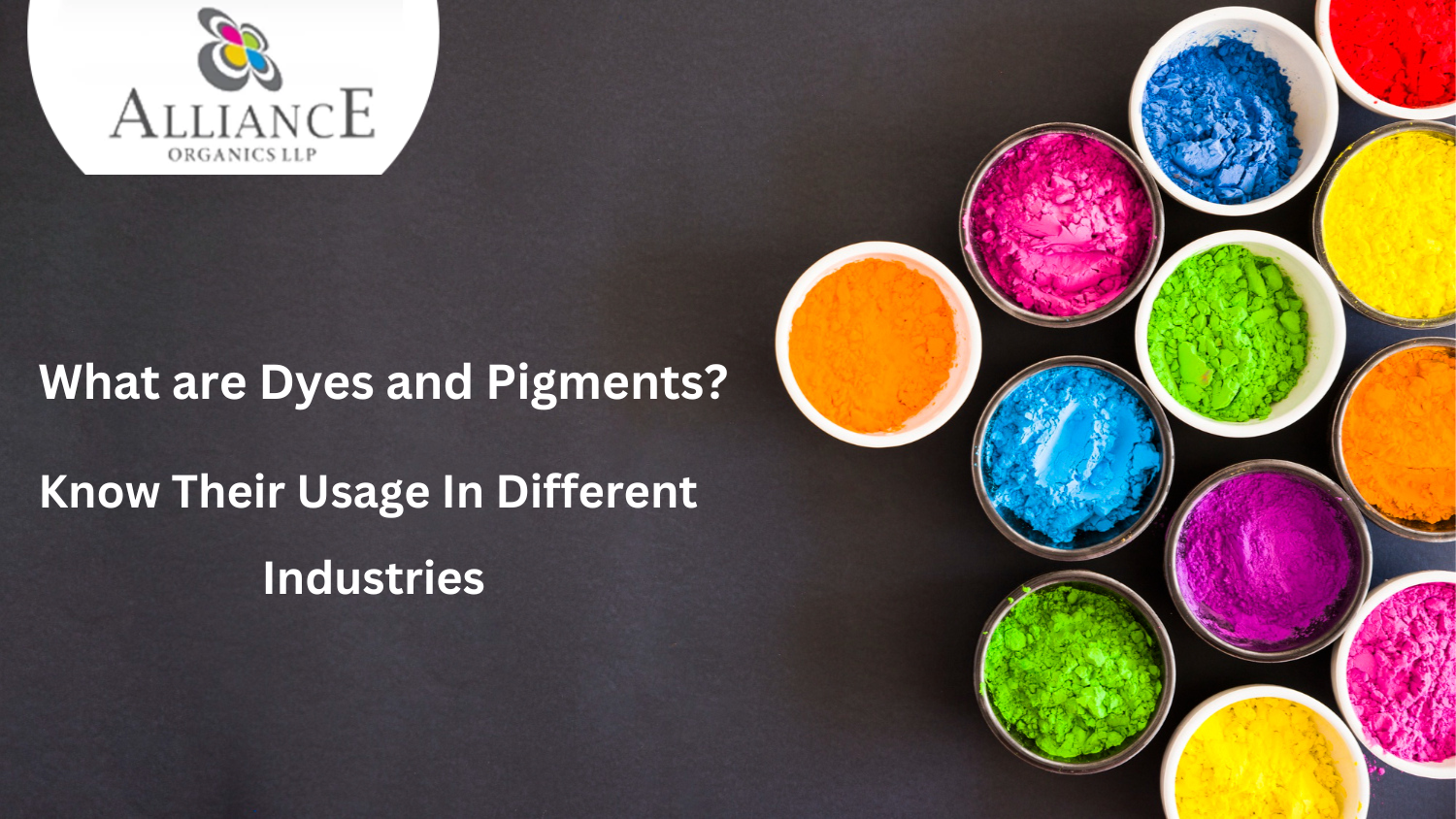The use of dye and pigments have been prevalent for the longest time, however, people do not have a detailed understanding of this topic.
Essentially, dye dissolves well during application and can be deemed an exceptionally soluble compound. They are transparent and have specks that allow them to bind coherently to the surface of a fabric.
These elements may form hydrogen bonds, ionic bonds, or even van der Waals forces, depending on the type of substrate into which they are incorporated. The dye molecule part that is known to impart colour is called a chromophore.
Pigments a good colorant?
Pigments are insoluble and are suspended in the binder, which is responsible for gathering the pigment particles in one place. They are broken down into minute components and reduced to a fine granular mixture to be used as a colourant.
Additional features of a pigment include their impeccable opacity, which covers colour in its entirety on fabric, as well as their low tinting prowess, which refers to the ability of two colours to mix completely with one another, fading each colour to its counterpart all through the blending phase. A large number of pigments are inorganic metals such as cadmium, titanium, etc.
What Are Dyes And Pigments In Textiles?
Dye and pigment, in simple terms, are a type of compound known for their distinct properties. Dyes may be described as sorely coloured organic substances that impart colour by selective absorption of light. The definition of “pigments” includes black, white, or fluorescent-colored insoluble substances that remain physically aloof from or unhindered by the substrate to which they are attached. Dyes and pigments are used vastly in textile industries.
Given below is a list of differences between dyes and pigments that shed light on their individual qualities.
- Dyes have smaller molecules when compared to pigments.
- Concerning the size of the constituting component, dyes exhibit a better capability to dissolve quickly, whereas pigments take some time to be fully absorbed in solvents.
- Furthermore, dyes diffuse in the fabric, unlike pigments that diffuse outside the fabric.
- Comparing their clothing affinity, dyes emerge as number one with a visibly direct propinquity to textiles, and pigments follow.
- Dyes are exorbitant. Pigments can be bought at considerably lower rates.
- A dye structure may be transient; it alters during the imparting process. A pigment’s structure remains stable through it all.
- Most dyes are natural colours. While pigments may be of organic or inorganic composition.
- Another stark difference is the availability of the compounds. Dye is omnipresent and comes in a wide array of colours. Pigments may not be found everywhere.
More about dyes and pigments
An impressive fact about the dye and pigment manufacturing industry in India is that the industry contributes 6% of the total dye and pigment production all around the world. It is a growth indicator that chemical industries in India are set to conquer world markets, propelling the economy forward with emerging jobs and export trends.
However, the industry should not only grow in leaps and bounds but also look for areas of improvement like adequate research and optimal reduction of electricity consumption. Chemical industries producing dye and pigment must make sure that the environment is not adversely affected by their highly complex manufacturing processes. Examples of dyes and pigments would be Sulphur dye and Prussian Blue respectively.
Helpful Resources:
What are the Different Types of Dyes
What Are Pigment Dyes? A Comprehensive Guide
What is Dyeing In Textiles And What Are its Types And Processes?
What is Reactive Dye in Printing, Fabric and Chemistry?
